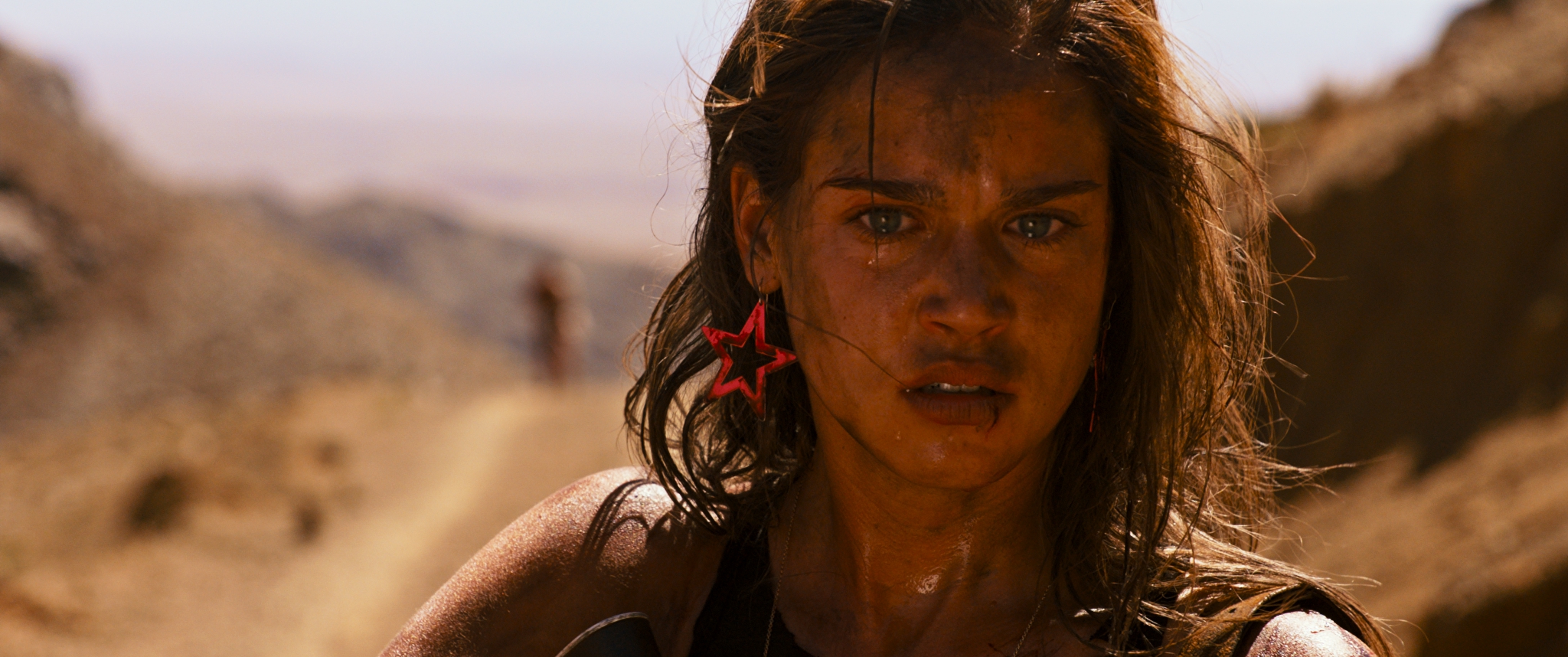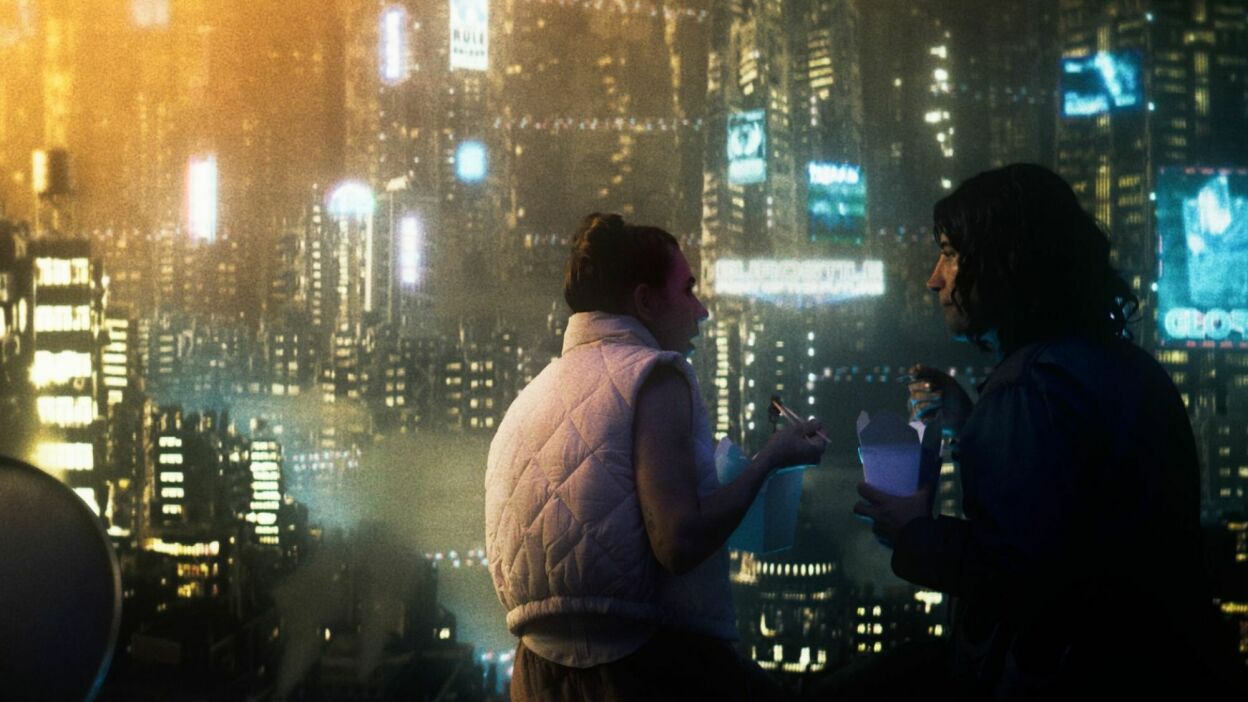Title: Under The Burning Sun
Director: Yun Xie
Starring: Stephanie Pardi, Stevie Kincheloe, Amy Copsey
MPA Rating: Not Yet Rated
Runtime: 1hr 15 mins
What It Is: In a barren, desolate land where abortion is outlawed, Mowanza (Stephanie Pardi) struggles with an unwanted pregnancy. Upon hearing of a distant place with more lenient abortion laws, she sets out on a desperate journey across the desert toward the lush land of Iropus—armed with nothing but a half-empty water bottle and a battered car.
What We Think: This effort from director Yun Xie is one that both shines and dampens in all the right moments. The outstanding aspects of the film come in the form of the amazing lead performance by Stephanie Pardi and the absolutely beautiful and well-versed cinematography of Tianyi Wang. Pardi’s character demands a lot of very harrowing and emotionally devastating scenes (the brutality of which reflects poorly in comparison to the aforementioned aspects), and there is no lack of honesty that shines through – ultimately mirroring the director’s desire to take us on a rusty journey with precarious narrative cargo.
This is a gorgeously shot film, with stunning desert imagery that fades seamlessly between faces and moments, creating a tapestry of visual storytelling that speaks louder than the script itself—something I struggled to follow. Our main character’s intentions feel muddled, shifting suddenly (and at times violently) in ways that don’t feel entirely justified by a lightly explored backstory. As a result, I found it difficult to fully connect with her.
One could argue that my perspective is influenced by my sex (and perhaps it is), given that this is a female-led drama with strong views on abortion and its consequences. The complex emotions on display here are conveyed far more effectively through visuals than through dialogue, which feels underdeveloped in comparison.
Under the Burning Sun is steeped in rage and disgust, set in a barren wasteland of the far future. Yun Xie’s direction shines in the film’s most gripping moments—when Pardi’s character is left alone against the elements or grappling with herself. These sequences are thrilling, but everything else falls short. At a certain point, the film’s central focus begins to blur, as Xie introduces a riptide of visual metaphors and story beats that leave too much open to interpretation. The question remains: is the film’s resolution earned, or is it forced upon us?
What We Think: B-; This film walks a fine line between a compelling solo journey and an overly grimy revenge tale, but the lead performance and visuals are fantastic. I’m eager to see what Yun Xie does next!




